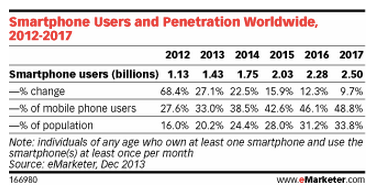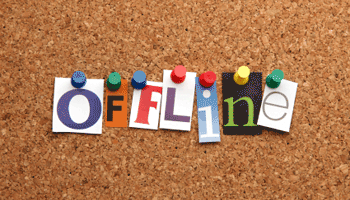Overall throughout E-Marketing I have gained knowledge and going from not really knowing what E-Marketing is and how it impacts a business, to E-Marketing having an enourmous impact on people and organisations. I have learnt that it is important for an organisation to keep up to date with social media sites and the use of online and offline branding, the overall impact of online culture on an organisation, the use of digital media and overall how much the internet is impacting people and organisations. I have learnt that E-Marketing really does play a part in how successful an organisation can become, including the impact it can have on the populations everyday lives. I have thoroughly enjoyed learning about E-Marketing and expressing my learning through weekly blogs and I will end my blog with a critical analysis on one of the topics I have covered.
One of the topics covered in my blog which I will be critically analysing is lecture 7 in which I was discussing The Digital Communication Landscape. As defined previously by Hana, S. et al (2013: 102) digital communication is defined as "a computer mediated communication featuring multiple-media forms including sound, video and motion" and it is also a way for friends and organisations to communicate digitally for example through social media. Events tend to be advertised and promoted more and more frequently on social media sites and this is because it is more "cost effective" according to Moss, S and Walmsley, B. (2013: 105) however just because it is more cost effective it doesnt mean that it is 'better' so to speak. Promoting events and organisations via social media has led to a number of complications for example Lipschultz, J, H. (2014: 102) states that "The competition within social media in some cases had led advertisers and marketers to ignore the risks associated with edgy content" and then goes on to say "in 2012 alone, a long list of social media failures resulted a lack of anticipation to how people use content" therefore this leads me to believe that even though social media is easily accessible and cost effective organisations are not always using it correctly.Which is a critical analysis towards the digital communication landscape.
References:
Moss, S and Walmsley, B. Entertainment and Management: Towards Best Practice, 2013, Page 105
Hana, S. Noor Al Deen, Hendricks, J, A. Social Media and Strategic Communications 2013, Page 102
Lipschultz, J, H. Socual Media Communication: Concepts, Practices, Data, Law and Ethics. 2014, Page 102








